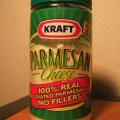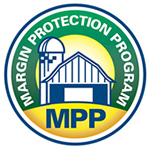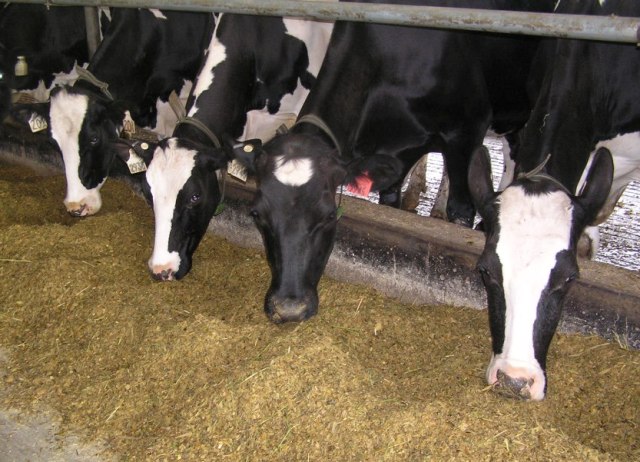 A bipartisan group of more than 175 House members has joined a majority of the U.S. Senate in urging the Obama administration to fight back against European Union efforts to keep U.S. dairy companies from using common cheese names like parmesan and feta both in export markets and in the United States.
A bipartisan group of more than 175 House members has joined a majority of the U.S. Senate in urging the Obama administration to fight back against European Union efforts to keep U.S. dairy companies from using common cheese names like parmesan and feta both in export markets and in the United States.
Author: dcadmin
Co-ops, Processors Demands Access to Japanese, Canadian Markets in Trade Deal
NMPF to EPA on Waters Regulation: ‘Clear as Muddy Water’
Citing incomplete science and unclear terminology, NMPF has asked the Environmental Protection Agency to delay a decision on its controversial draft regulation expanding the waterways subject to regulation under the Clean Water Act.
In a letter to EPA Administrator Gina McCarthy, NMPF’s President and CEO Jim Mulhern said dairy farmers are committed to protecting U.S. waters both voluntarily and under the Clean Water Act. However, Mulhern said, “it is imperative that the EPA go about this effort in the right way, in light of the potential impact of this measure on dairy farmers. It would be a disservice to farmers to rush this proposal through the review process without sufficient scientific support or time to better understand the complexities of the issue.”
CWT Helps with another 14.2 Million Pounds of Dairy Exports
 Cooperatives Working Together helped member cooperatives sell another 14.2 million pounds of dairy products overseas in May. The voluntary, farmer-funded program will provide assistance on 53 overseas sales from seven different cooperatives: Dairy Farmers of America, Foremost Farms, Maryland & Virginia Milk Producers Association, Michigan Milk Producers Association, Northwest Dairy Association (Darigold), Tillamook County Creamery Association and Upstate-O-AT-KA. The products included 7.1 million pounds of American-type cheese, 4.2 million pounds of butter, and 3 million pounds of whole milk powder. All will be delivered before the end of the year.
Cooperatives Working Together helped member cooperatives sell another 14.2 million pounds of dairy products overseas in May. The voluntary, farmer-funded program will provide assistance on 53 overseas sales from seven different cooperatives: Dairy Farmers of America, Foremost Farms, Maryland & Virginia Milk Producers Association, Michigan Milk Producers Association, Northwest Dairy Association (Darigold), Tillamook County Creamery Association and Upstate-O-AT-KA. The products included 7.1 million pounds of American-type cheese, 4.2 million pounds of butter, and 3 million pounds of whole milk powder. All will be delivered before the end of the year.
New Faces of Farming to be Selected

NMPF & USDEC Members Insist that TPP Must Deliver Meaningful Access for All Dairy Products
NMPF Asks EPA to Allow More Time to Consider Science Behind Regulation of Waters of the U.S.
New Dairy Safety Net Woven with Key Principles
177 House Members Urge the Obama Administration to Remove EU Trade Barriers Hampering U.S. Dairy Industry

NMPF Sends USDA Recommendations on New Safety Net Program
 NMPF has sent a series of recommendations to the Agriculture Department on how to implement the new dairy safety net included the 2014 farm bill. The Margin Protection Program, or MPP, is a voluntary risk management plan that will address fluctuations in margins caused by high feed costs as well as low milk prices. NMPF was instrumental in the program’s enactment.
NMPF has sent a series of recommendations to the Agriculture Department on how to implement the new dairy safety net included the 2014 farm bill. The Margin Protection Program, or MPP, is a voluntary risk management plan that will address fluctuations in margins caused by high feed costs as well as low milk prices. NMPF was instrumental in the program’s enactment. NMPF, IDFA Jointly Oppose Louisiana Raw Milk Bill
FDA Agrees to Rewrite Draft Animal Feed Regulation after NMPF Raises Concerns






